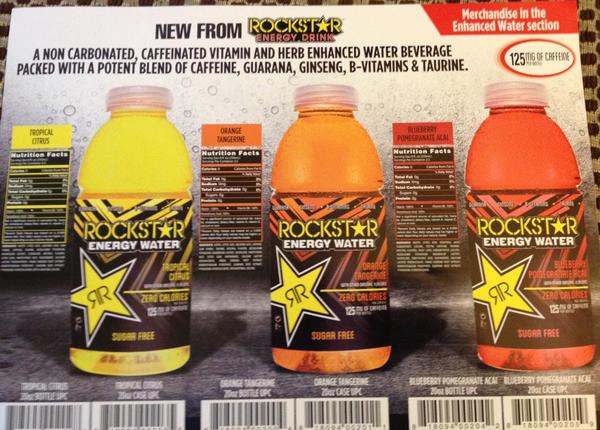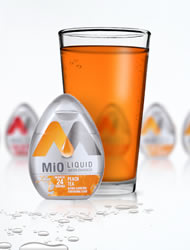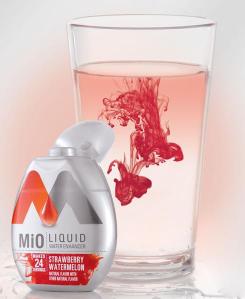
It’s been a few years after Kraft MiO revolutionized flavor enhancers, but Pepsi has finally launched their own liquid enhancers under the Aquafina water brand. Following a beverage portfolio evaluation that lasted nearly 12 months, Pepsi will overhaul Aquafina FlavorSplash to include new sparkling water flavors and liquid enhancers. On the liquid enhancer front, they will have three offerings: So Strawberry, Berry On, and World Peach. Pepsi’s offerings are targeted toward a younger demographic primarily aged 13-19 years old (more on that later). After waiting so long to enter this beverage segment, will Pepsi see success?
With another household name entering the segment – be it Pepsi or Aquafina – liquid enhancers as a segment benefits from more media support. Like Coca-Cola, Pepsi has their own distribution network as well as their own merchandising and cooler units. Having your own branded equipment assets are important for consistent communication, and even more crucial to ensure flawless execution. As we have seen Powerade Zero Drops and Dasani Drops merchandised within Coca-Cola coolers, we can expect Pepsi to do the same with Aquafina FlavorSplash droplets. This will help Pepsi get prime location space within grocery channels and restaurant establishments to display their newest products.

By targeting a younger demographic, Pepsi aims to introduce consumers to their beverages at earlier life stages. While appealing to the product’s purchaser (moms) is a different challenge, Pepsi hopes teens will be able to influence the purchase decision. If not, Aquafina FlavorSplash may be something teens can still buy in school. AdAge’s article detailing the Aquafina FlavorSplash interviews Pepsi’s CMO Simon Lowden, which describes the possibility at getting Aquafina FlavorSplash stocked in high schools as well (article link here). The younger demographic puts Pepsi’s liquid enhancer in a niche where no other competitive liquid enhanced is targeting. So far, young adults, athletes, and tea drinkers have been the general target.
The product packaging itself will spur interest, as the candy-colored packaging is brightly colored that will attract the demographic’s attention. With unique flavor names – unlike the many berry-pomegranates and mango-peaches on the shelf – the flavors should stand out among the competitive set as well.
As a new player enters the segment, retailers and consumers will benefit from all the healthy competition for their dollars and chance to quench their thirst. Pepsi will see success within this segment, given messaging toward an audience where no other brand is explicitly communicating toward, their own equipment assets that allow for prime product placement opportunities, and a product that is on part with market trends. Even with all the competition within the liquid enhancer landscape – Kraft, Dasani, Powerade Zero, Crystal Light, and Nestea to name but a few – Pepsi’s Aquafina FlavorSplash should be able to garner healthy sales.












